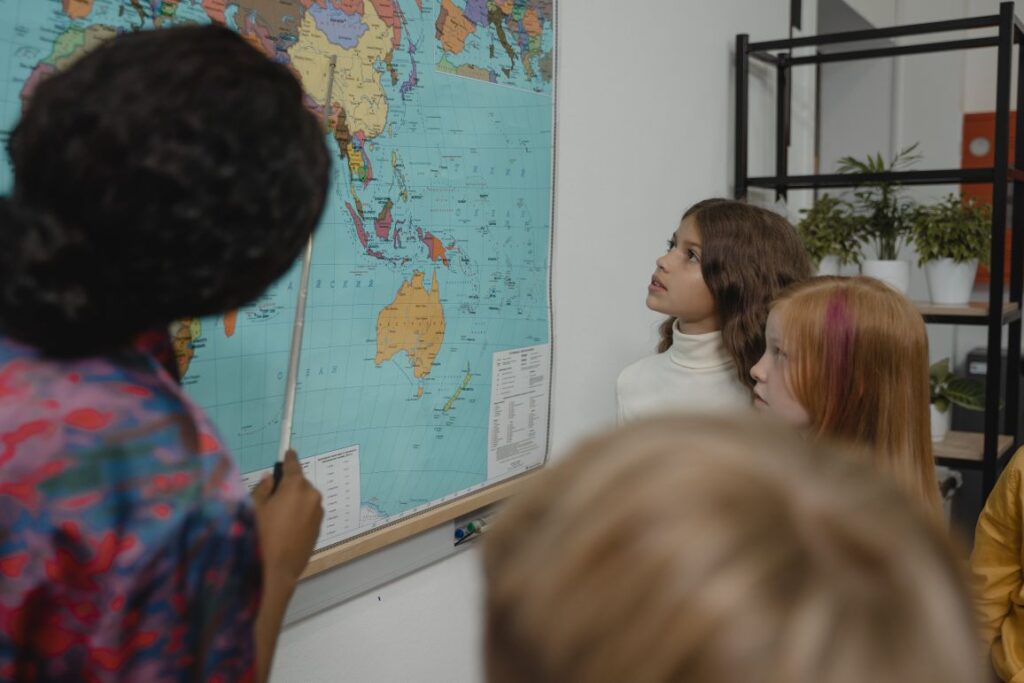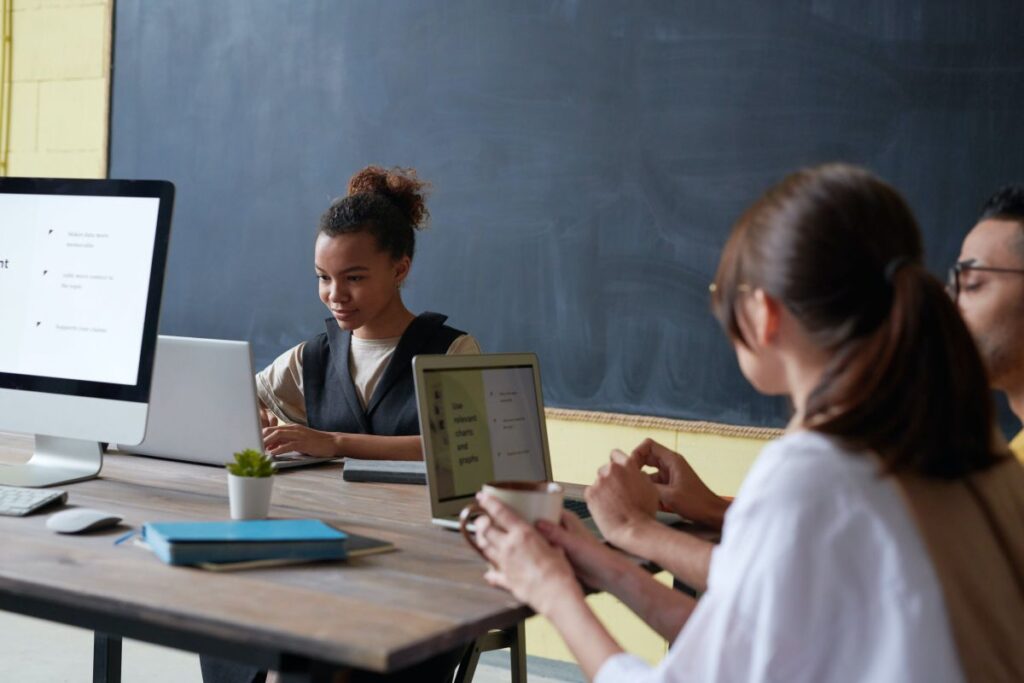In a world increasingly dominated by screens and imagery, understanding the science behind visual learning has never been more important. Our brains are wired to process visual information rapidly and efficiently, making visual learning a powerful tool in both education and everyday life. This blog post delves into the fascinating neurological basis of visual learning and explores how our brains interpret and respond to visual stimuli.
Table of Contents
The Basics of Visual Learning
So, what exactly is visual learning? It’s a way of learning where you grasp and remember things better when they’re shown through pictures or images. This can be anything from using a painting to learn about history to seeing a science experiment in action. Visual learning helps make tough topics easier and more interesting.
In everyday life, visual learning plays a significant role. Visual cues help us navigate and understand our world, from reading maps to interpreting signs and symbols. Visual learning has taken a front seat in education, especially with the rise of tools like online poster maker for students and various software applications. Educational videos and online courses with rich visual content have become prevalent, catering to visual learners who might struggle in traditional text-heavy classroom settings.

The Neurological Underpinnings
We must first look at the brain’s anatomy to understand visual learning. The primary area responsible for processing visual information is the visual cortex, located in the occipital lobe at the back of the brain. This area receives input from the eyes and processes it, allowing us to perceive shapes, colors, and movements.
When we encounter visual stimuli, the information travels from the retina through the optic nerve to the visual cortex. This journey involves a series of complex neural pathways and processes. The brain doesn’t just passively receive this information; it actively interprets and makes sense of it, often filling in gaps or making assumptions based on past experiences.
The Visual Learning Process
The processing of visual information by the brain is a sophisticated operation. It begins with the basic recognition of an object, followed by the interpretation of its attributes like size, color, and spatial orientation. This process is highly dependent on attention and perception. For example, when we view a graph, our brain recognizes the shapes and colors and interprets the data to understand trends and patterns.
Visual thinking and mental imagery also play a vital role in visual learning. When we visualize concepts in our minds, we’re engaging in an internal process of organizing and understanding information visually. This aspect of visual learning is particularly useful in problem-solving and creative thinking.
Cognitive and Educational Implications
Visual learning has significant implications for memory and recall. Studies have shown that information presented visually is more likely to be remembered than in other formats. This is partly due to the picture superiority effect, where images and graphics are more easily encoded into long-term memory than words.
In educational settings, visual learning can have a profound impact. Visual aids like charts, diagrams, and videos can enhance comprehension and engagement. They break down complex concepts into simpler, more digestible visual elements, making learning more accessible and enjoyable.
Visual Learning and Technology
Technology integration in visual learning has transformed educational landscapes, opening up new and dynamic avenues for presenting and interacting with information. Here’s how technology is playing a pivotal role in enhancing visual learning:
Interactive Media and Tools
Today’s classrooms often use interactive whiteboards and digital projectors, allowing teachers to bring lessons to life through engaging visuals and animations. This technology supports interactivity, enabling students to engage directly with the material, whether it’s through touching, drawing, or annotating directly on the screen.
Virtual Reality (VR) and Augmented Reality (AR)
VR and AR technologies have taken visual learning to an extraordinary level. VR immerses students in a completely visual environment, ideal for exploring virtual field trips, 3D models of human anatomy, or historical reconstructions. AR adds a layer of digital information to the real world, enhancing the learning experience with interactive, visual elements that can be overlaid on physical objects or environments.
Educational Videos and Online Platforms
Platforms like YouTube, Khan Academy, and Coursera offer an array of educational videos, catering to visual learners. These videos often include animations, diagrams, and visual explanations that make complex topics more understandable and engaging. Additionally, many online learning platforms now include interactive elements like quizzes and games that are visually oriented, enhancing the learning experience.

Data Visualization and Infographics
Understanding complex data is crucial in subjects like statistics, economics, and science. Data visualization tools and software allow for the transformation of dense data sets into clear, insightful visual representations. Infographics are also widely used in classrooms to summarize information and research findings in a visually appealing and digestible format.
Accessibility and Personalization
Technology in visual learning also enhances accessibility. Visual learning tools can be customized for students with specific needs, such as larger text for visually impaired students or audio descriptions for the blind. Additionally, technology enables a more personalized learning experience, allowing students to learn at their own pace with visual aids that suit their individual learning styles.
Overcoming Challenges in Visual Learning
Despite its advantages, visual learning can present challenges. Not everyone has the same level of visual ability and for individuals with visual impairments, traditional visual learning materials may not be effective. Additionally, abundant visual information can lead to information overload, where the brain becomes overwhelmed by too many visual stimuli.
To address these challenges, it’s important to create inclusive visual materials that consider the needs of all learners. This can include using high-contrast colors, providing audio descriptions, or creating tactile learning aids. Educators should also be mindful of not overloading students with visual information and should balance visual materials with other teaching methods.
Bottom Line
The science of visual learning offers a window into the incredible capabilities of the human brain. By understanding how our brains process visual information, we can harness this power to enhance learning and communication.













